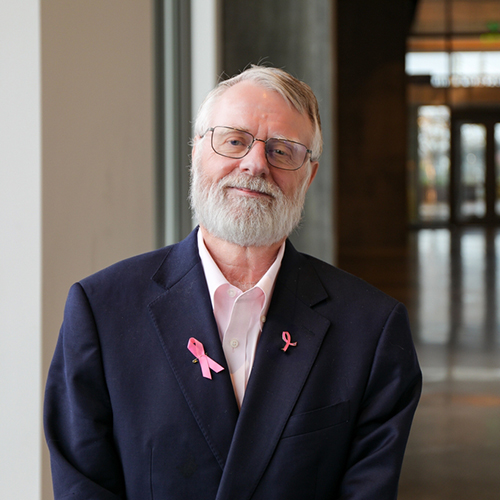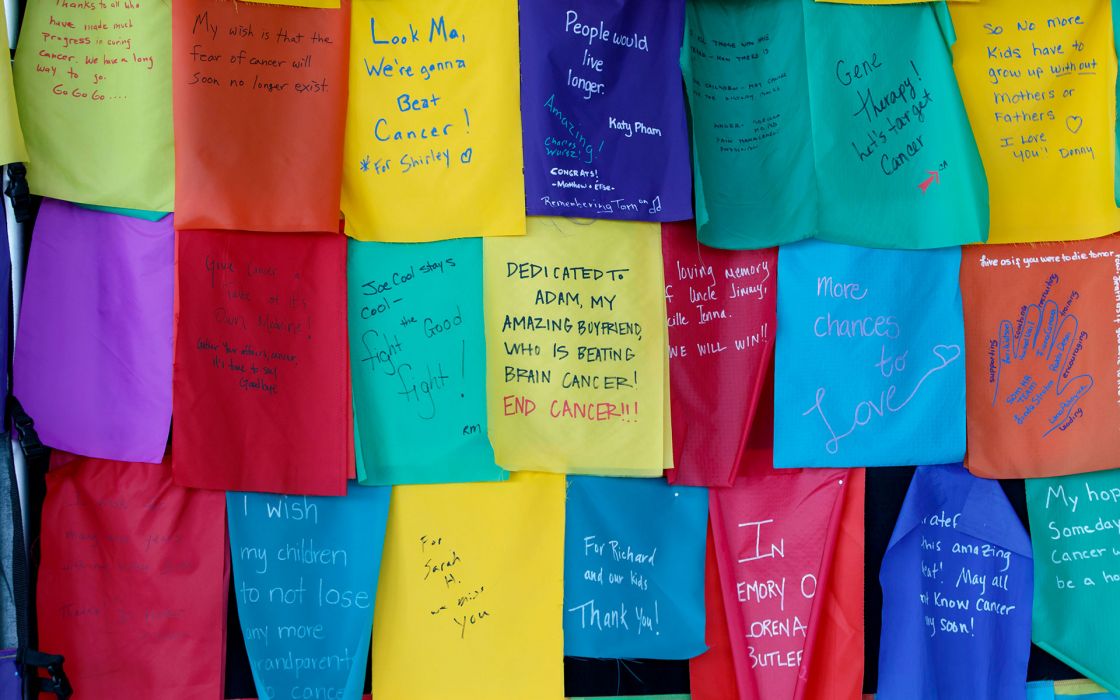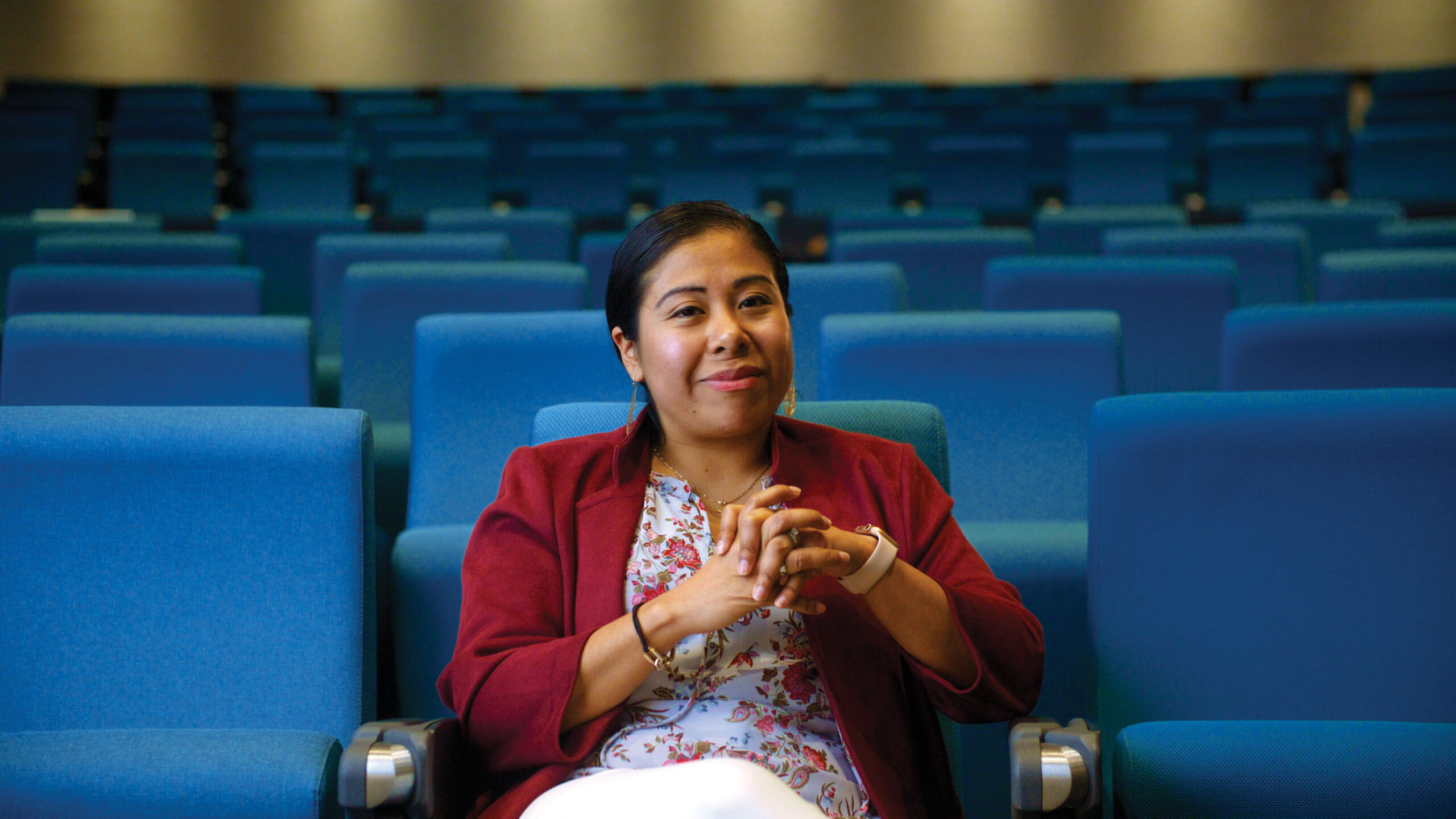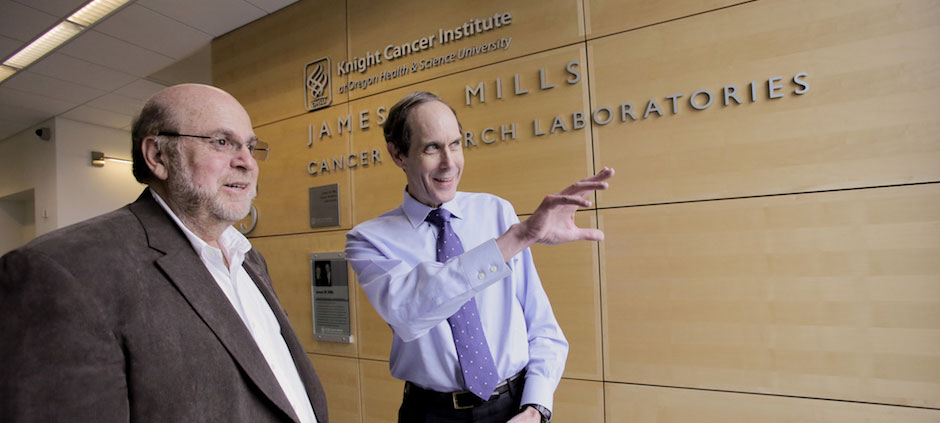On Sept. 20, 2013, Nike co-founder Phil Knight and his wife Penny issued the Knight Cancer Challenge, pledging to donate $500 million to OHSU cancer research if OHSU could match the funds in two years.
OHSU answered the call, and in June of 2015, it announced it had successfully met the Knights’ goal. Together, OHSU, the Knights and over 10,000 donors from across the country raised $1 billion toward revolutionizing cancer research at OHSU. The completion of the Knight Cancer Challenge remains to this day among the largest successfully completed matching gift challenges.
Watch Phil Knight issue the Knight Cancer Challenge on Sept. 20, 2013
“Penny and I will donate $500 million to OHSU if it is matched in pledges within two years in a fundraising campaign.”
In the decade that followed, the OHSU Knight Cancer Institute has recruited some of the best cancer researchers from around the world, made groundbreaking discoveries in early detection and precision oncology, and changed countless lives for the better.
As we reflect on all that’s been accomplished thanks to the completion of the Knight Cancer Challenge, we take a moment to highlight some of the stories that have defined the last 10 years of cancer care and research at OHSU.
The care
Frank
Frank Young was diagnosed with leukemia and non-Hodgkin’s lymphoma in 2016. While the leukemia responded to initial treatment, the lymphoma did not. He was referred to the OHSU Knight Cancer Institute and Richard Maziarz, M.D., who was helping lead the development of a new treatment called CAR-T therapy. Frank reflects on how OHSU and Maziarz saved his life.
Burt
Burt Rosen has two different forms of cancer — renal clear cell carcinoma (kidney) and metastatic pancreatic neuroendocrine tumors — but his diagnoses aren’t what define him. His experience receiving care at OHSU inspires his passion to advocate for the whole-person care of others living with cancer.
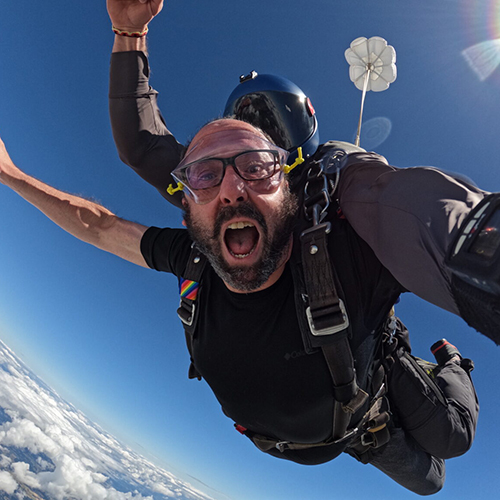
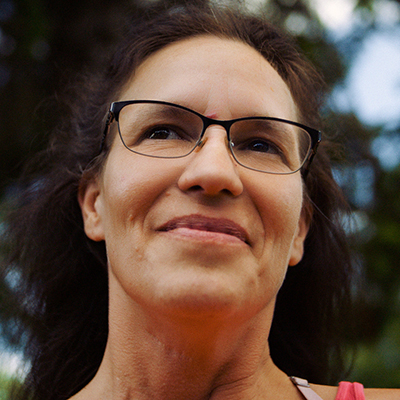
Shonna
Shonna Oliver’s world turned upside down when she learned she had HPV-16 and cervical cancer. But when she met her oncologist Amanda Bruegl, M.D., an associate professor of obstetrics and gynecology at OHSU, Shonna knew she had a fierce advocate in her corner.
Joyce
Joyce Ares volunteered for the OHSU Knight Cancer Institute’s PATHFINDER study, which is designed to test for many types of cancers through a single blood draw. When the test unexpectedly showed possible signs of cancer, a follow-up caught the early stages of Hodgkin’s lymphoma. Because the cancer was detected early, Joyce’s treatment was minimal.
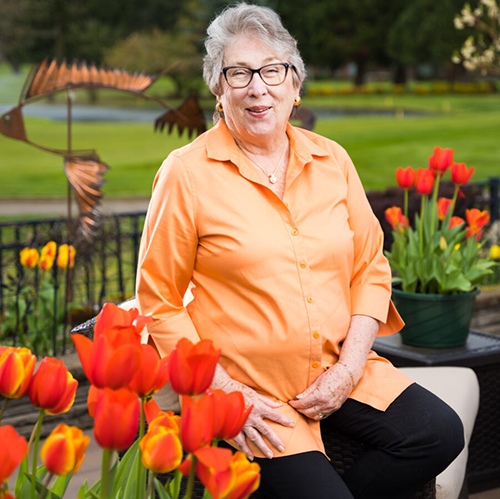
The advances
A new era of cancer care
Flavio Rocha, M.D., FACS, FSSO, is physician-in-chief of the OHSU Knight Cancer Institute, the Hugh Hedinger and Georgeina Hedinger Chair of Surgical Oncology and division head of surgical oncology in the OHSU School of Medicine. He discusses how OHSU is leading us into a new age of understanding a disease that has afflicted humans from the very beginning.
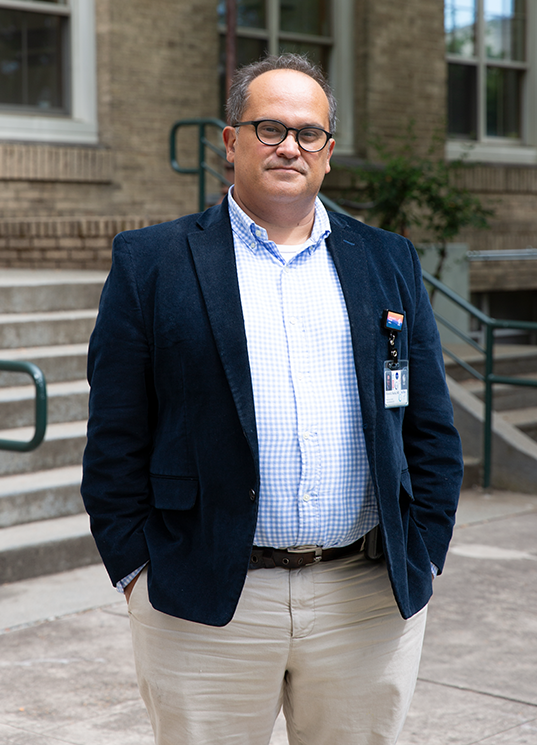
“The more we boost our research into cancer biology and cancer treatment, the more we can serve all populations in need. That’s where I see us in the future.”
Flavio Rocha
Stopping disease before it starts
Thanks in large part to donor support, OHSU is at the forefront of a growing global community of scientists and clinicians developing a new generation of more precise, patient-friendly tools for early detection of cancer and other serious diseases.
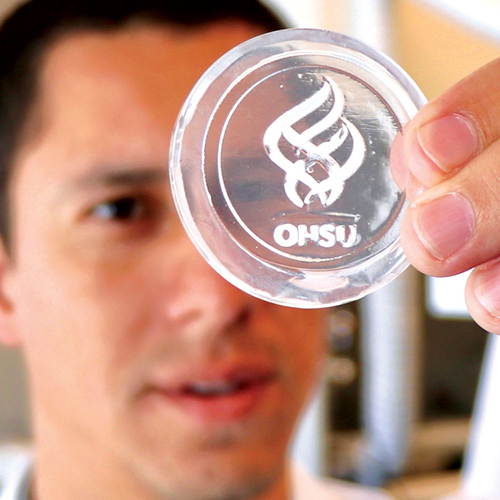
The milestones
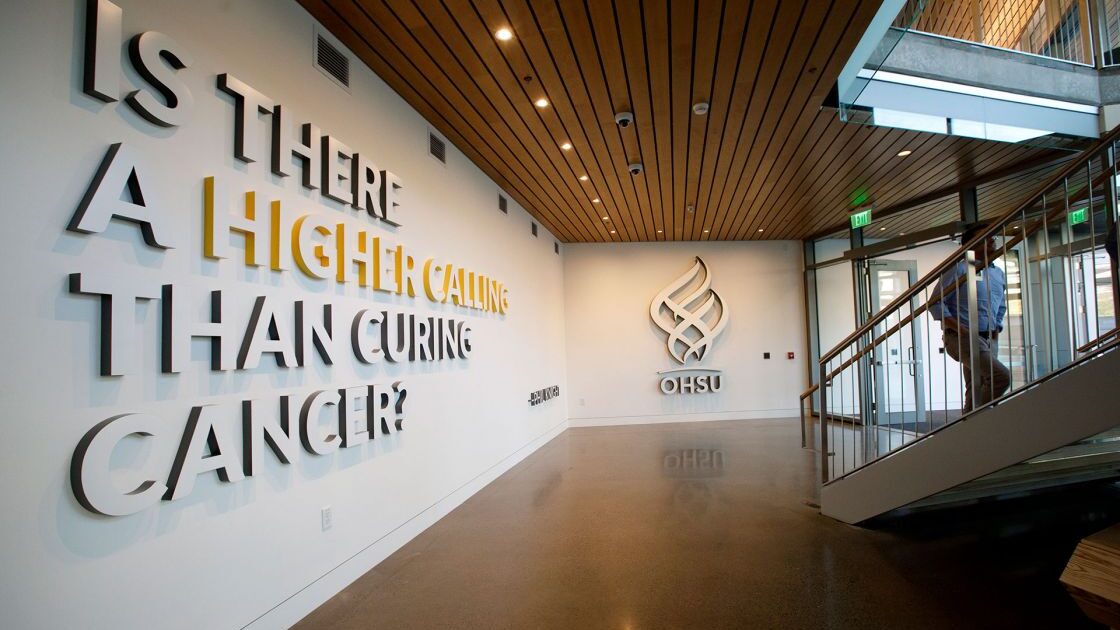
A building with a purpose
In 2018, the Knight Cancer Research Building opened its doors on Portland’s South Waterfront. An innovative building housing up to 650 cancer researchers and staff, the KCRB has become a beacon of light representing the very best in cancer care and research.
Building the team to end cancer as we know it
Learn about a few of the incredible people at the Knight Cancer Institute working to transform cancer science, early detection and the future of patient care.

Since its founding, CEDAR has:
- Authored 137 early detection publications, most with an impact factor of 10 or more.
- Enrolled over 6,600 people in clinical trials.
- Invested in cancer education and prevention through our Healthy Oregon Project, which has enrolled 40,000 participants.
- Filed 54 invention disclosures, 16 provisional patents and two U.S. patents.
- Incubated five potential start-up companies.
- Collaborated with researchers around the globe to bring the promise of early detection to more people.
$2.5 million gift funds endowed chair for cancer research
One of the world’s most highly cited medical scientists, Gordon Mills, M.D., Ph.D., joined the OHSU Knight Cancer Institute as the Wayne and Julie Drinkward Chair in Precision Oncology in 2018. Since his arrival, Mills’ has helped the institute reach new heights in precision oncology.
